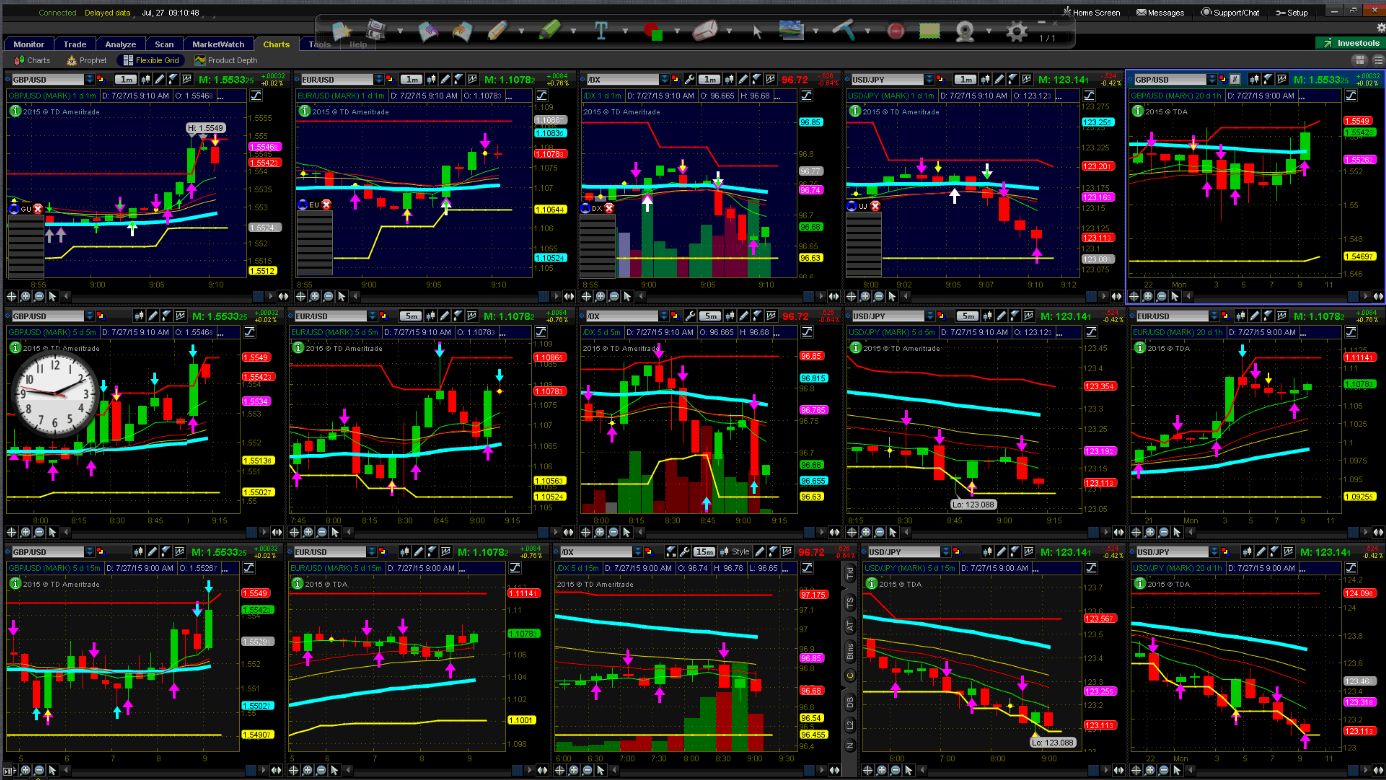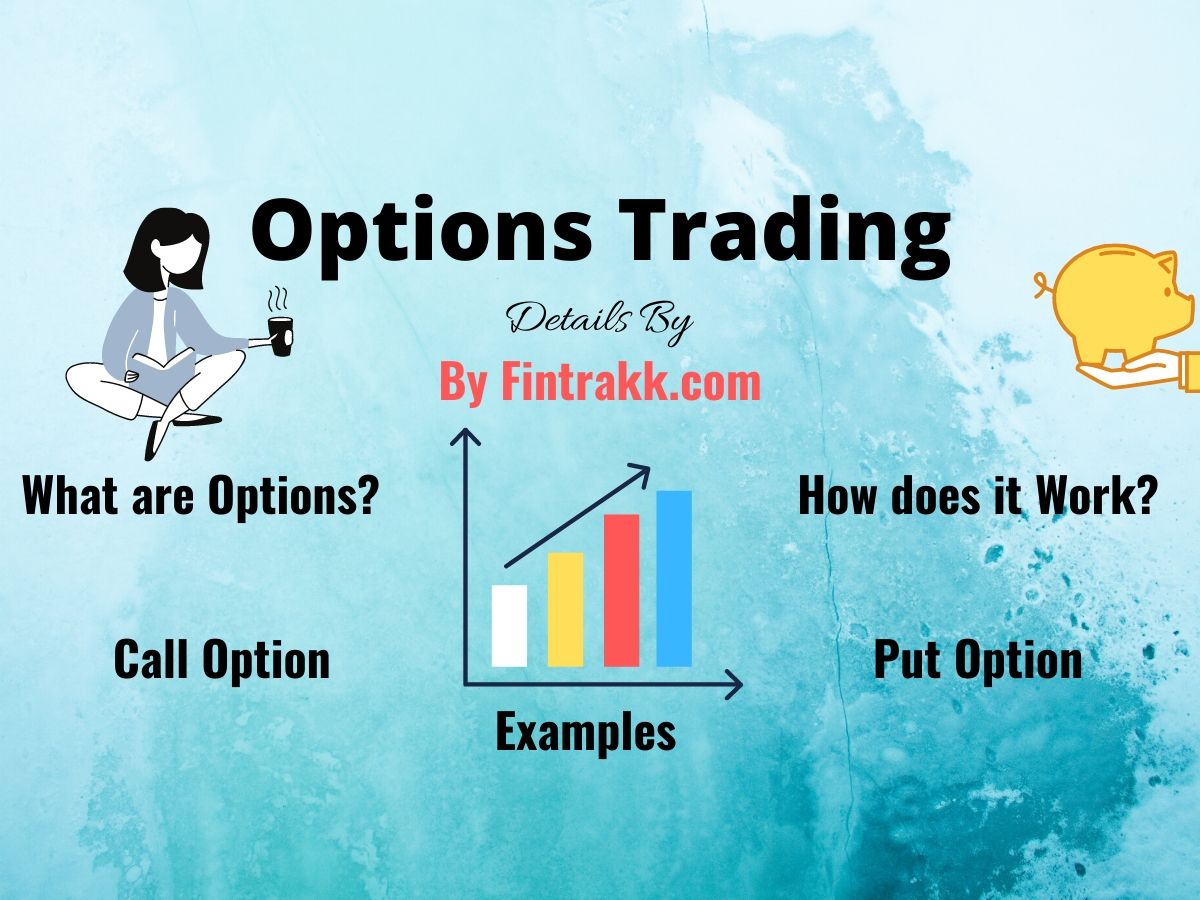In the realm of financial markets, options trading stands as a sophisticated investment strategy that empowers traders to harness the potential rewards of stock market price movements while limiting their risk exposure. An option contract grants its holder the right, but not the obligation, to buy (in the case of a call option) or sell (for a put option) an underlying asset at a set price until a designated date.

Image: yufyfiqec.web.fc2.com
The allure of options trading lies in its inherent leverage, amplifying potential gains in favorable market conditions. By leveraging a relatively small initial investment, known as the premium, traders can control a larger amount of the underlying asset. This leverage, however, comes with an inherent risk, as underperforming options may result in the loss of the premium paid.
Exploring the Options Market
The options market operates alongside the traditional stock market, providing traders with diverse opportunities and strategies. Call options, for instance, offer investors a bullish outlook on the underlying stock, betting that its price will rise before the expiration date. Conversely, put options convey a bearish sentiment, anticipating a decline in the stock’s value.
The underlying assets in options contracts encompass a wide array of instruments, including individual stocks, stock indices, commodities, and currencies. Each asset class presents unique attributes and risk-reward profiles, catering to the varied preferences of investors.
Anatomy of an Options Contract
Understanding the anatomy of an options contract is pivotal for successful trading. Key characteristics include:
- Expiration Date: Predetermined date by which the option can be exercised or expires worthless.
- Strike Price: The specific price at which the option can be exercised to buy (call) or sell (put) the underlying asset.
- Premium: The price paid upfront to acquire the option contract, essentially representing the maximum risk exposure.
- Intrinsic Value: For call options, the amount by which the underlying asset’s current price exceeds the strike price; for put options, the excess of the strike price over the asset’s current price.
- Time Value: The portion of the option premium that reflects the remaining time until expiration; decays as time elapses.
Strategies for Options Trading
Options trading encompasses a wide spectrum of strategies, each tailored to specific market conditions and risk tolerances. Some of the most popular approaches include:
- Covered Call: Selling a call option against an equal number of shares of the underlying asset, generating income while retaining ownership.
- Protective Put: Buying a put option to serve as insurance against potential losses in an underlying stock position.
- Bull Call Spread: Combining the purchase of a lower strike call option with the sale of a higher strike call option, creating a favorable risk-reward profile.
- Bear Put Spread: A strategy similar to a bull call spread, but executed with put options, aiming to profit from a decline in the underlying asset’s price.

Image: www.gueinfo.com
Options Trading Options Tradin

Image: fintrakk.com
Conclusion
Options trading offers a versatile tool for investors seeking to enhance their returns and navigate the complexities of the financial markets. Armed with a comprehensive grasp of options contracts, pricing mechanisms, and trading strategies, traders can tap into the potential of this sophisticated investment instrument. It is crucial to approach options trading with a clear understanding of the risks involved and to consult with a financial professional before making investment decisions.






